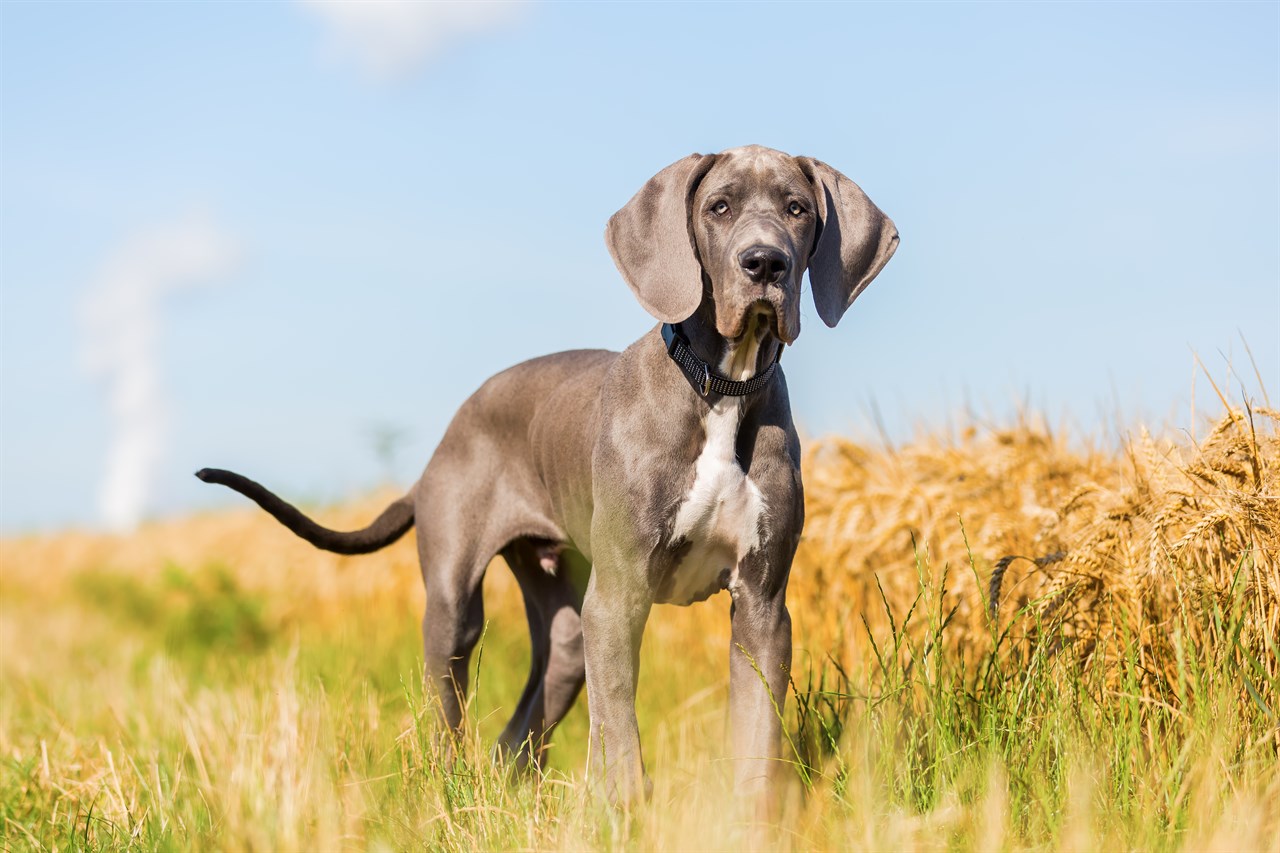Great Dane Shedding Characteristics

The Great Dane, with its sleek and short coat, is often considered a relatively low-shedding breed. While they do shed to some extent, their shedding habits are generally manageable and less pronounced compared to many other breeds. Here's a closer look at the shedding characteristics of Great Danes.
Coat Type
Great Danes have a short, smooth coat that lies close to their body. This type of coat is less prone to trapping loose hairs compared to longer or double coats found in some other breeds.
Minimal Undercoat
Unlike breeds with a thick undercoat, Great Danes have minimal undercoat. Undercoats are a common source of shedding in dogs, and the absence of a dense undercoat contributes to the Great Dane's lower shedding levels.
Seasonal Shedding
Great Danes may experience some seasonal shedding, particularly in the spring when they shed their winter coat. However, this seasonal shedding is typically not as extreme as what you might see in double-coated breeds.
Regular Grooming
While Great Danes are generally low-shedding, regular grooming practises can help manage shedding. Brushing your Great Dane once or twice a week can help remove loose hairs and distribute the natural oils in their coat, which promotes healthy skin and minimises shedding.
Baths
Bathing your Great Dane as needed can also help keep their coat clean and reduce shedding. However, over-bathing can strip the coat of its natural oils, so it's essential to find a balance.
Does Great Danes shed?
Yes, Great Danes do shed, but their shedding is generally considered to be low to moderate. Their short, sleek coat and minimal undercoat make them less prone to excessive shedding compared to breeds with longer or denser fur. Regular grooming and proper maintenance can help keep their shedding in check and minimise loose hair around the home.
Great Dane puppies for sale
- Find Great Dane puppies for sale in ACT
- Find Great Dane puppies for sale in NSW
- Find Great Dane puppies for sale in NT
- Find Great Dane puppies for sale in QLD
- Find Great Dane puppies for sale in SA
- Find Great Dane puppies for sale in TAS
- Find Great Dane puppies for sale in VIC
- Find Great Dane puppies for sale in WA